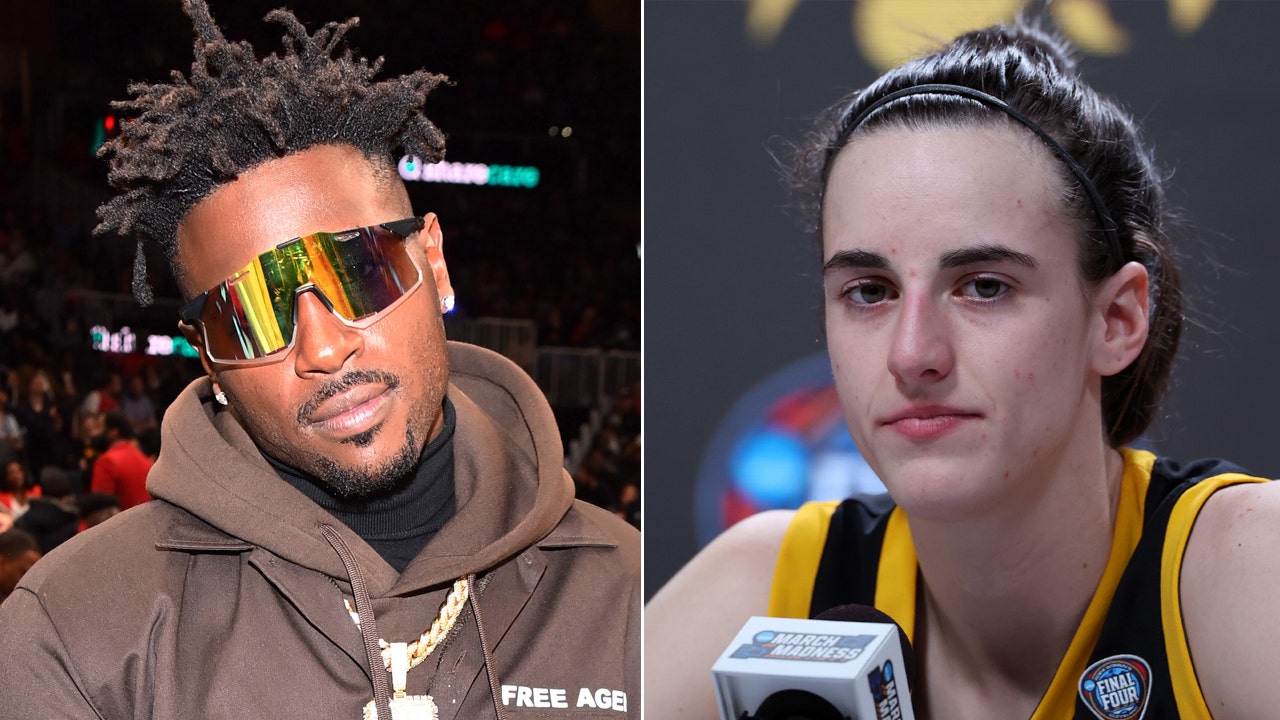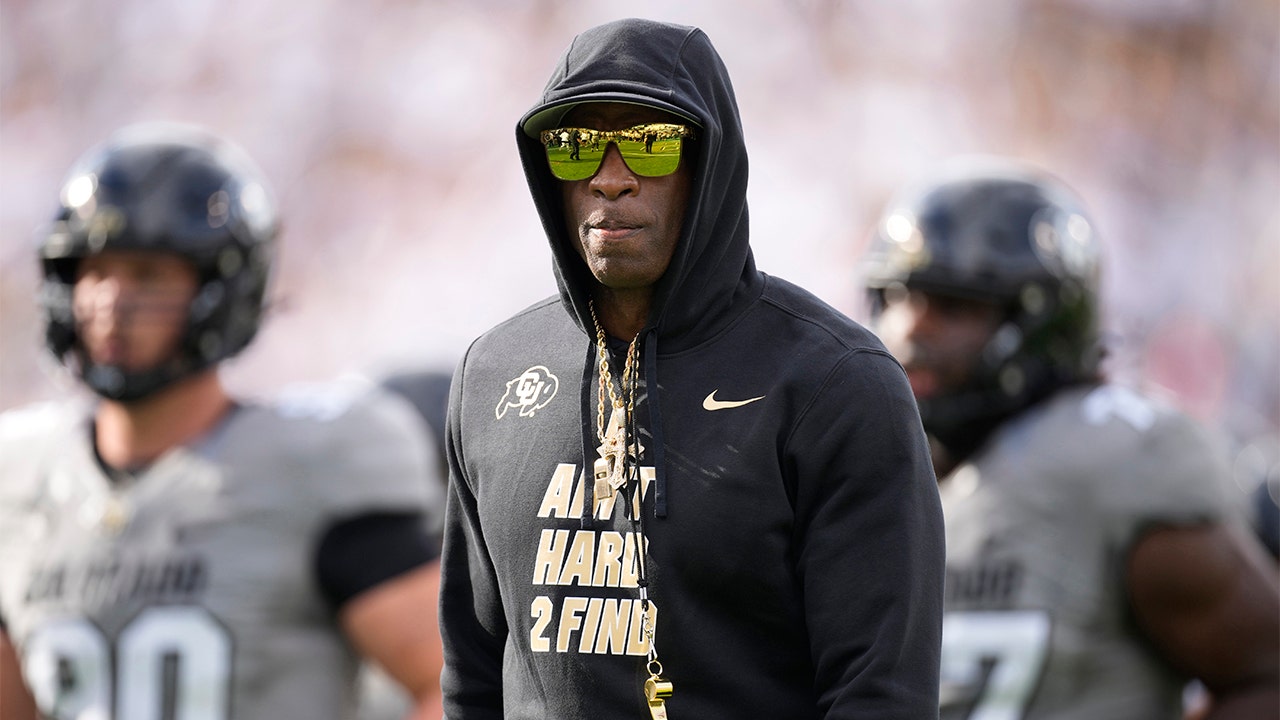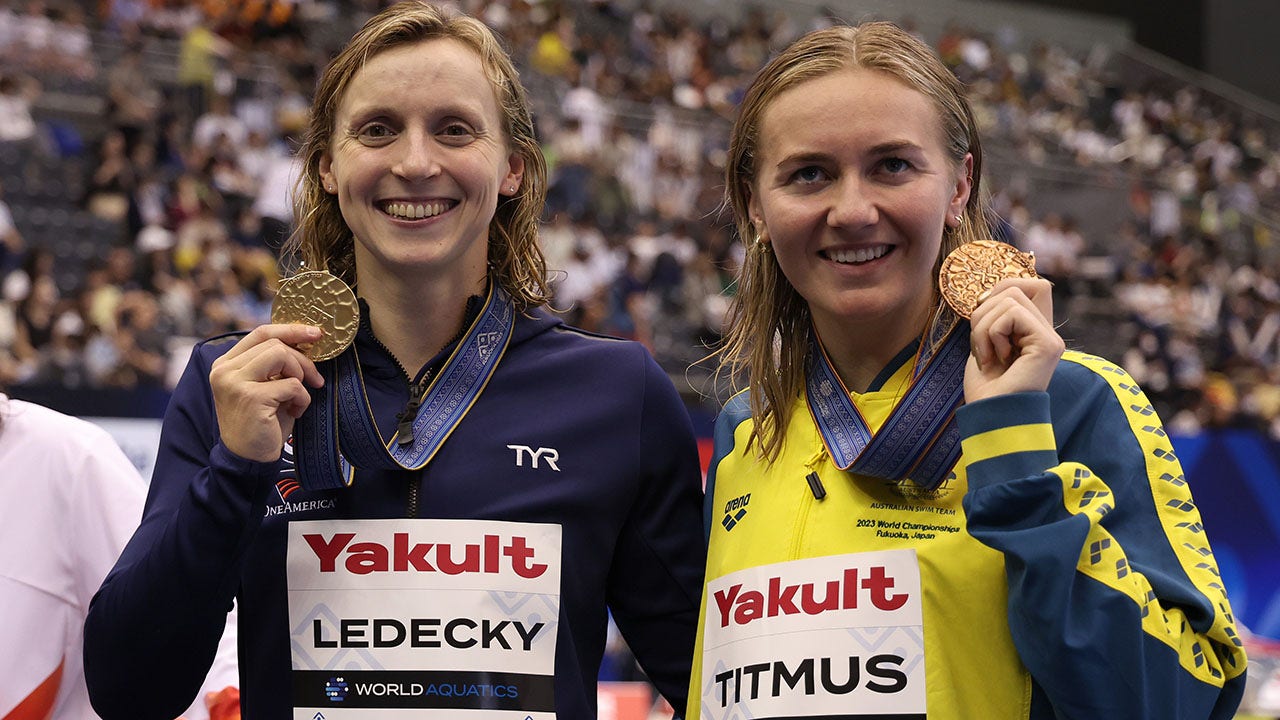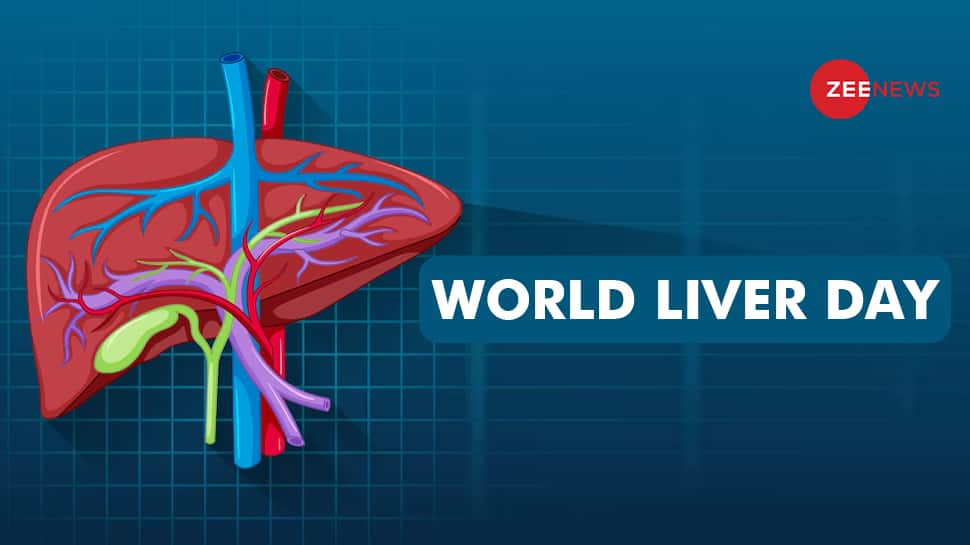Holofcener didn’t notice the parallel at first. Maybe the thread spun out of an overactive corner of her subconscious, given that the writer-director, 63, often draws from her own life in drafting screenplays. Come to think of it, one of her formative memories involves overhearing some not-so-nice words about a short film she agonized over when she was an undergrad. The poorly received project even prompted her stepfather, a Hollywood producer, to suggest she consider another craft.
Instead she kept at it, building a decades-long career by channeling her anxieties into the work itself. Holofcener’s characters are consumed by the little dramas of life — the familiar mishaps, misbehaviors and misunderstandings. Her comedies are celebrated for their sharp takes on human relationships, whether the friendships of “Walking and Talking” and “Friends with Money” or the romantic pairings of “Enough Said” and “You Hurt My Feelings,” the latter released Friday.
Though Holofcener has earned a cult following, she is far from a pompous leader. Speaking over video chat from her home in Venice, Calif., she is confident yet self-effacing, poking fun at herself while careful not to undermine her convictions. Frequent collaborators Catherine Keener and Julia Louis-Dreyfus each note that, as a director, Holofcener possesses an attractive amount of ego; she responds generously to feedback, but still pushes to make the films she wants to make.
“The small arcs are what interest me most, the small amounts of growth and change in characters,” Holofcener says. “And I don’t care if they’re likable or not. Maybe they don’t change or learn a lesson. I like the ambiguity of life and don’t like to tie things up neatly. Once I made a movie for another studio and I showed them the first cut and they said, ‘Well, where’s the last reel?’”
For the more sensitive creative types, “You Hurt My Feelings” might play as a horror story. Starring Louis-Dreyfus as the author who discovers that her husband lied to her, citing unconditional support for her artistic endeavors, the film centers on a question Holofcener has pondered in her own life: Does someone have to love your work to truly love you?
“Can I date someone who doesn’t get my films?” she says. “Because that happened and, you know, it didn’t work out. I really wanted to be the person who didn’t care. I really wanted to be the person who … could separate those things. But I can’t. I think that was the beginning of this.”
Louis-Dreyfus plays Beth, whose existential crisis rages beneath the more discernible hurt she feels over the betrayal of her husband, Don (Tobias Menzies). Elsewhere in the film, Don increasingly suspects that he is a bad therapist. Beth’s sister (Michaela Watkins), an interior decorator for the rich and picky, is seen regularly assuring her struggling-actor husband (Arian Moayed) of his talent. In an echo of Beth’s conflict with Don, their son (Owen Teague) wonders whether her excessive praise of him throughout his childhood inflated his sense of self.
These are worries of the privileged. Holofcener plays in narrow arenas, generally among the ranks of the middle and upper classes. She doesn’t hesitate to mine the comedy in her characters’ self-absorption, but does so with empathy for the deep-rooted emotions driving their behavior. Lena Dunham, who has adopted a comparable approach to storytelling, says Holofcener “has an ability to capture the contradictions we try to avoid as people and in the process create more of.”
“She is absolutely unafraid of highlighting behavior we consider too self-indulgent, petty or superficial to confess to, because she knows that under these traits is the truth, where we grapple with our most existential and isolating realities,” Dunham writes in an email.
Years ago, Dunham requested that the writing staff of her HBO series “Girls” watch Holofcener’s 1996 debut, “Walking and Talking,” for its tender depiction of “the passion, judgment and jealousy of codependent female friendship.” In the film, Amelia (Keener) grapples with her best friend Laura’s (Anne Heche) not only moving out of their shared apartment but also getting engaged. Amelia is left feeling abandoned when Laura becomes preoccupied with the new changes in her life.
Holofcener pitched the project to Keener after seeing her in 1991’s “Johnny Suede.” It took several more years to get “Walking and Talking” made, but Keener stuck with it through all the casting and studio switch-ups. The actress was drawn to the specific brand of honesty in Holofcener’s writing: “There’s such a warmth, in a way, even if it can be acerbic and cutting,” she says.
Over the next two decades, Keener starred in four more of Holofcener’s films — including 2006’s “Friends with Money,” in which she was joined in an ensemble cast by Jennifer Aniston, Joan Cusack and Frances McDormand. Keener paints Holofcener as a dream director for actors to work under. “There’s no judgment with her,” she says of her former boss. “She just doesn’t do it.”
Keener remembers shooting a fight scene in “Walking and Talking” between Amelia and Laura. She and Heche, both young and relatively inexperienced, leaned into the melodrama of childhood friends sparring. Holofcener prefers subtlety; her dialogue is often praised for not feeling scripted at all. She walked over to the actresses and gave them a simple direction: “Not so yell-y.”
“She had a strong hand and gentle way about her,” Keener says. “I wish more directors understood that that’s really the way to get the most out of someone, rather than the least.”
It took Holofcener six years to earn her undergraduate degree. She started by studying fine art — following in the footsteps of her artist father — before pivoting to film classes at New York University. That was a family business, too: After Holofcener’s parents divorced when she was a baby, her mother married Charles H. Joffe, who produced most of Woody Allen’s films.
Holofcener used to visit Allen’s sets with her family. She worked on a couple of them as a young adult, serving as an apprentice editor on 1986’s “Hannah and Her Sisters.” It wasn’t as educational an opportunity as she hoped it would be, as she never actually got to see Allen and his editor cut the film. While her work still earns comparisons to his — her characters tend to be just as neurotic — Holofcener has stated that “Woody Allen was in no way my teacher.” That distinction belongs in large part to the graduate film program at Columbia University, which she credits with helping her develop her voice as a filmmaker.
Because Holofcener’s main characters age alongside her, she finds herself revisiting some works as one would their own memories. She sometimes wishes she could redo parts of “Walking and Talking,” which she based on one of her own friendships, but balks at her kids’ suggestion that she try writing about “youthful people” again — or worse, her own adolescence. It doesn’t interest her. “Unconsciously, I just write about who I am now,” she says. “That’s what inspires me.”
She adds, “I hope that my next movie will have Judi Dench and we’ll just keep getting older. But if Julia [Louis-Dreyfus] and I just keep aging together — we’re pretty much the same age.”
With 2013’s “Enough Said,” Holofcener’s longtime avatar, Keener, handed the baton off to Louis-Dreyfus. (Keener appears in the film, but as a supporting character.) The romantic comedy starred Louis-Dreyfus and James Gandolfini as single parents coping with their respective children’s impending departures to college. Holofcener and Louis-Dreyfus each still had children at home — the former’s twin sons from a marriage that ended in the early aughts — but feared the empty nest.
Louis-Dreyfus, who bonded with Holofcener over their mutual life stage, says working with her “has given me an enormous amount of confidence.” She sensed an immediate respect between them, in part because of their shared taste for “the minutiae of relationships.” Like Keener — who jokes that she always wanted to impress the filmmaker, like a dog wanting to “please the owner” — Louis-Dreyfus says she “needs to know exactly what [Holofcener] thinks about a scene.”
Holofcener notes that the similarities between her and Louis-Dreyfus don’t end there: They were often mistaken for each other on the set of “You Hurt My Feelings.” The actress reveals another reason for that. Knowing her character was partially based on Holofcener, she worked with the film’s costume designer to make sure her character dressed as the filmmaker would.
“I just like it,” Louis-Dreyfus says. “It’s a happy universe to be in, the Nicole universe.”
Holofcener is consistent. While she has strayed from semi-autobiographical projects at various points in her career — usually directing television or writing film adaptations, including the Oscar-nominated screenplay for 2018’s “Can You Ever Forgive Me?” — her work overall explores “the everyday grievances and pains and hurts. What disappoints us?”
“If I had to do an action sequence, I’d probably fall asleep in my chair,” she says.
As such, she wasn’t the most obvious person to join Ben Affleck and Matt Damon in writing a film called “The Last Duel.” Set in the 14th century, Ridley Scott’s 2021 drama centers on one of the final judicial duels in France, fought by Sir Jean de Carrouges (Damon) and Jacques Le Gris (Adam Driver), who is accused of sexual assault by Jean’s wife, Marguerite (Jodie Comer).
And yet Holofcener was the writing duo’s top choice for the gig. “The Last Duel” is split into three parts, each from the perspective of one of its main characters. While Affleck and Damon wrote the male chapters, drawing from Eric Jager’s 2004 book, they wanted a woman to write Marguerite’s perspective. Affleck knew Holofcener could capture “the asymmetry of human behavior.”
Among the select few to share a screenplay credit with Holofcener, Affleck says he and Damon were allowed “inside the cave where the secret sauce is made.” It could feel like a writing class at times, with Holofcener taking a red pen to their chapters as well. She would ask questions they hadn’t thought of, Affleck says, “and as soon as she said it, the first feeling you had was of feeling stupid for having missed it.” One such example: Where does Marguerite place her rage?
“I remember Matt and I looking at one another,” Affleck says. “We were talking about prior to the assault that takes place in the movie — obviously something that would naturally generate rage, at the very least. This was a question regarding … the nuance and details in her everyday life.”
Any doubts Holofcener had about writing a period piece set in medieval France were quelled by reassurances that the strange language and unfamiliar surroundings were “the least difficult aspect of this,” according to Affleck. “The most difficult is the humanity of the people.” (And while she doesn’t want to direct action herself, she says it was “jaw-dropping what Ridley Scott can do.”)
It was much easier than she anticipated to turn the clock back hundreds of years, she says. People haven’t really changed all that much in how terrible they can be. What gives her pause is returning to a much earlier period of her life. Asked what she has shied away from writing about, Holofcener circles back to “my upbringing.” She worries about being too brutal toward her own family. It’s one thing to write characters inspired by loved ones, and another to write about them directly.
She could play off certain elements of her childhood. People have expressed interest in what it was like to grow up around the “movie business stuff,” which could work with the right characters, she says. The idea remains on the back burner for now. “I haven’t really found something to sink my teeth into about it yet.”
If and when she does find something, she knows who to call. Referencing the ongoing Writers Guild of America strike, Louis-Dreyfus says she hopes the union gets what it wants — mostly because she supports the cause, but also because she wants Holofcener to write another movie for her to star in. According to Keener, whatever it is, it will be unmistakable.
“With Nicole, you know,” Keener says. “You f—ing know — whose movie it is, who directed it, who wrote it, everything. The performances! She always gets the best out of people.”















































